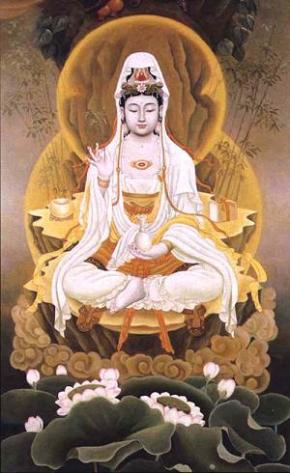Tea hunting is a thoroughly fascinating process. While it is never easy, finding and meeting a new tea garden and infusions is the single most rewarding part of what we do. So when you find not one, but three startling teas it can feel a little bit like all of your Christmasses have arrived at once…
For several months we have been searching for exquisite teas specifically from Japan. While your usual Japanese teas – especially Sencha – can come from large commercial blends, we wanted to make contact with small, family run tea gardens that carefully pluck and process their own teas. Our journey has led us to two tea farms, one in Miyazaki on one of the southernmost islands of the Japanese archipelago, and the other in Mie, about an hour and a half outside of Nagoya. Both are pioneers in organic tea production, and when their samples arrived we were simply bowled over. We have managed to select three of their very best, we do hope you enjoy them as much as we have!
So (without further ado!) we are thrilled to introduce our three new Japanese teas.
SENCHA SUPERIOR – Miyazaki
A bright first flush Toku Jô (extra-superior) highest grade Sencha, harvested in late April in the season known as Ichibancha, or ‘first-picked-tea’. These fine, needle-like deep emerald leaves are gently steamed at a low temperature, and give a full bodied sweet, grassy infusion with notes of wilted greens and fresh citrus. The bright, sweet aroma and lingering grapefruit freshness are a real highlight.
KARIGANE KUKICHA – Mie
This remarkable tea is created using both the leaf and stalk of the tea plant picked during the shade grown organic Gyokuro harvest in early May. The cool climate of Mie, near Nagoya, and gentle steaming of the leaves produce a soft, balanced infusion that is deep, smooth and naturally low in caffeine. One of the first things that strikes you is the incredible aroma of fresh blackcurrants from the dry leaves, and this bright fruit sweetness continues through each exploratory infusion.
TOASTED HOJICHA – Mie
Organic toasted Bancha and tea stalks picked during the late summer season are gently roasted over charcoal in porcelain pots, giving an intense, deep amber infusion. This fascinating tea has subtle, baked nutty notes with hints of dark cocoa and makes a great accompaniment to a meal. Naturally low in caffeine.
The Gilded Teapot, 1 Tudor Arcade, Dorchester, Dorset DT1 1BN













